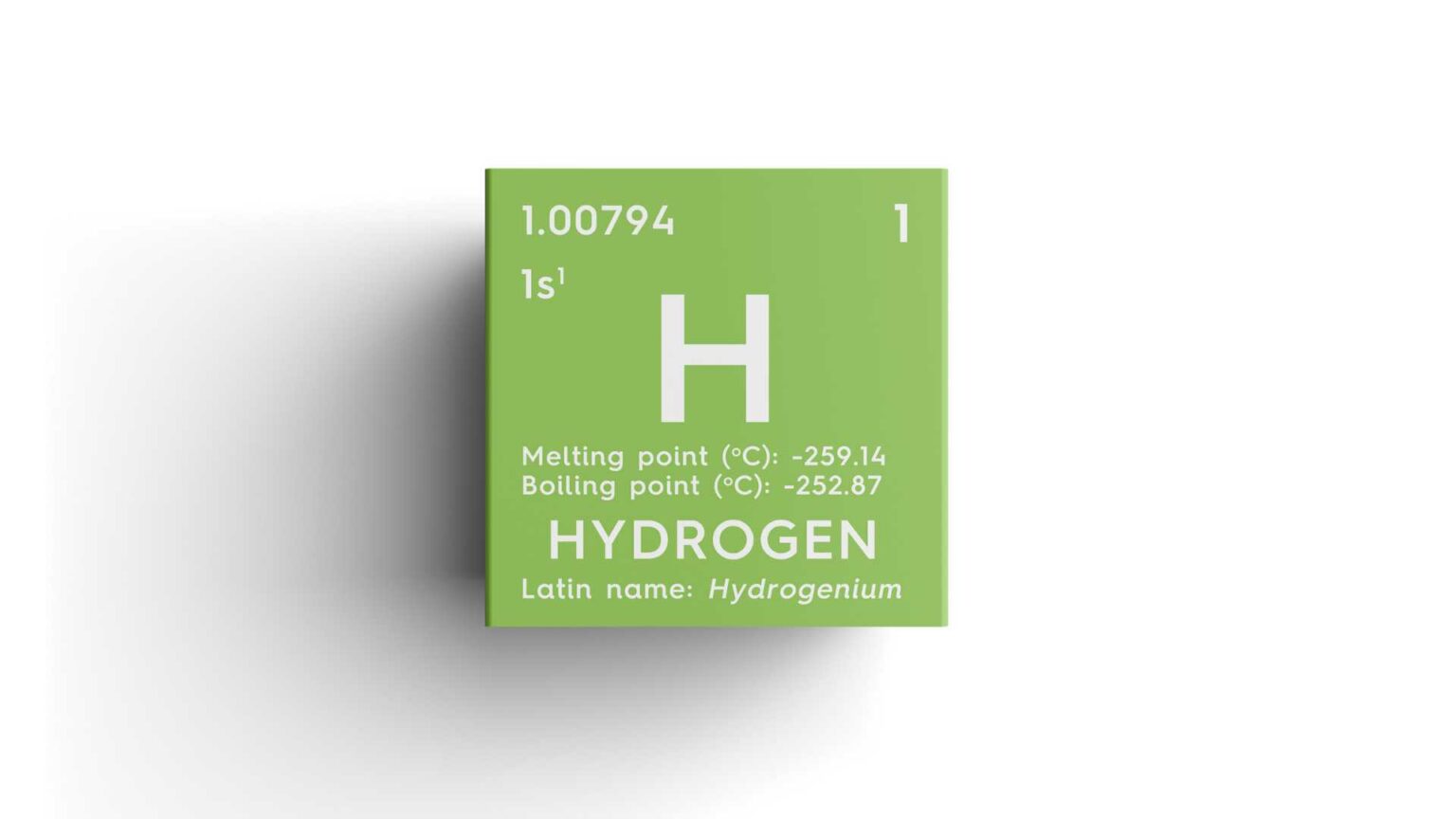European Commission unveils a comprehensive plan, outlining key projects and initiatives to drive the decarbonization of the gas sector and fortify electricity networks. Central to this transformative vision is the Italian hydrogen corridor, poised to become the backbone of the entire system.
The second phase of the Green Deal shifts focus from long-term targets to immediate, impactful actions, aligning with the evolved energy transition landscape in 2023.
The plan lays out a bold vision that hinges on 85 projects of common interest (PicS) for intelligent electricity grids and cross-border connections, 14 initiatives for CO2 transport (a significant increase from the previous six), and a groundbreaking 65 proposals for electrolysers and hydrogen. Elmed, spearheaded by Terna and Steg, stands out as a flagship project connecting Europe and North Africa through Italy. In parallel, the ‘SoutH2 Corridor’ and ‘Callisto Mediterranean CO2 Network’ projects, with the active involvement of Snam, underscore Italy’s pivotal role in shaping the future of energy networks.
The spotlight on electrolysers and hydrogen signifies a paradigm shift in energy dynamics. With projects like Elmed, the aim is to not only enhance connectivity but also foster the production and integration of hydrogen. ‘Callisto Mediterranean CO2 Network’ takes a comprehensive approach, encompassing the capture and storage of CO2 in Ravenna, a joint venture with Eni. This marks a substantial leap toward a cleaner and more sustainable energy future.
The initiatives reflect a profound commitment to revolutionize energy networks. The seven-action plan addresses the anticipated 60% increase in electricity consumption by 2030, emphasizing public and private financing instruments for network infrastructure. A strategic “pact” with citizens, support measures for investment advancement, integration of energy communities, digitalization, and streamlining authorization systems collectively contribute to a robust energy framework.





